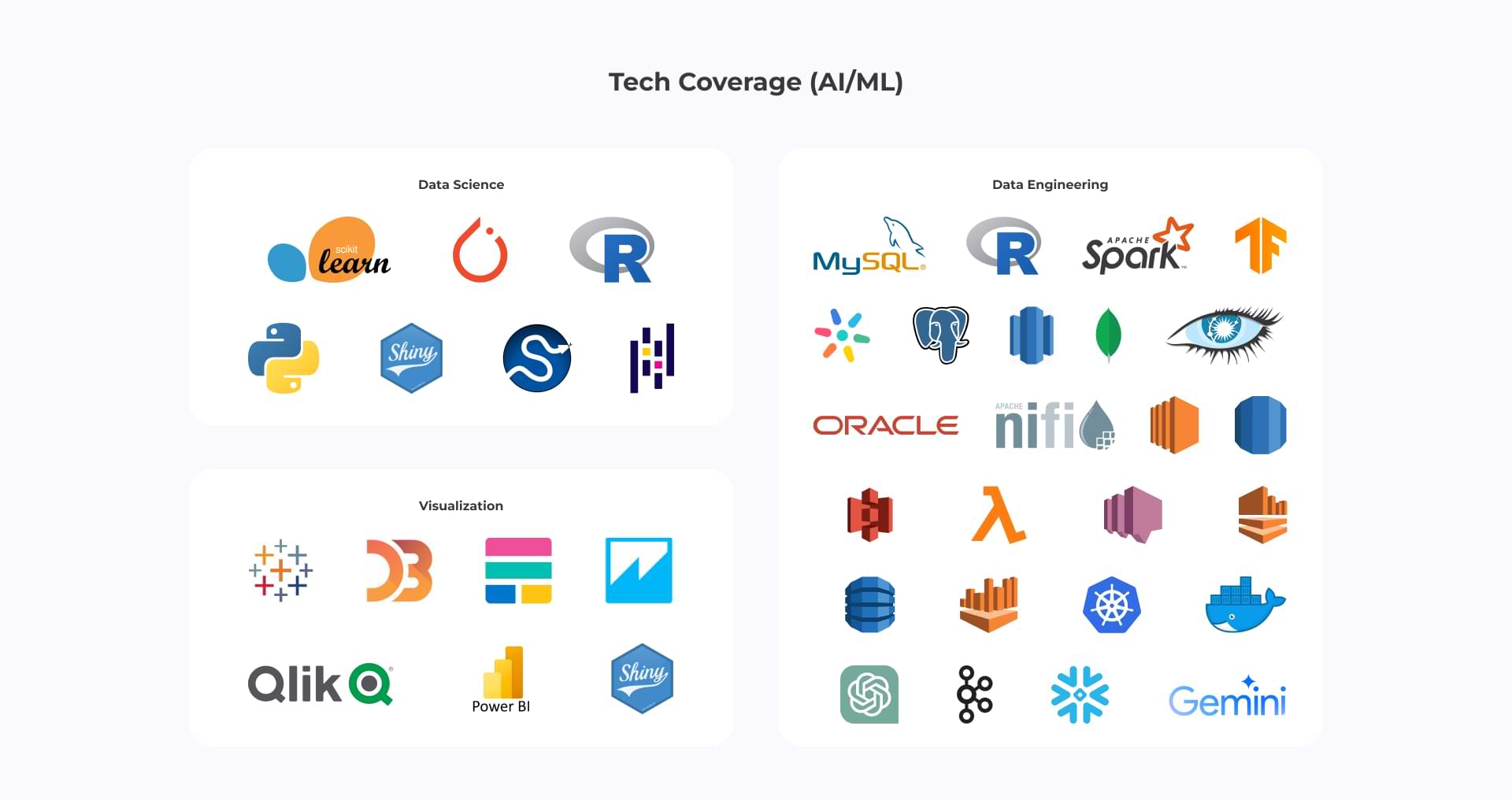AI in Cybersecurity: A Powerful Ally in the Digital Age
The ever-evolving landscape of cyber threats demands equally sophisticated solutions. Artificial intelligence (AI) has emerged as a powerful ally in cybersecurity, offering organizations a new level of defence against malicious actors. AI in cybersecurity, also known as AI cybersecurity, leverages machine learning algorithms to analyze vast amounts of data, identify patterns, and automate responses, significantly enhancing an organization’s security posture.
Let’s connect
Book a meeting
AI and Cybersecurity: Bolstering Threat Detection and Prevention
Traditionally, cybersecurity reckoned on hand-grounded discovery, which involved relating and blocking given pitfalls. However, cybercriminals are constantly developing new tools and techniques, making it difficult to stay ahead of the curve. AI and cybersecurity address this challenge by employing anomaly detection. AI systems analyze network traffic, user behaviour, and system logs to establish baselines for normal activity. Any deviations from these baselines can then be flagged as potential threats.
For instance, AI can analyze login attempts and identify suspicious patterns, such as repeated failed attempts from unusual locations. This can help detect brute-force attacks where hackers attempt to guess passwords. Similarly, AI can monitor email traffic and identify phishing attempts by analyzing the content, sender information, and even the writing style of emails. These capabilities significantly improve an organization’s ability to detect and prevent cyberattacks before they can cause damage.
AI Cybersecurity: Automating Threat Response and Prioritization
Cybersecurity teams are often inundated with a constant stream of alerts, making it difficult to prioritize and investigate each one effectively. AI cybersecurity empowers these teams by automating tasks and streamlining the response process. AI can analyze alerts and prioritize them based on their severity and potential impact. This allows security professionals to focus their attention on the most critical threats.
Furthermore, AI can automate certain aspects of the response process itself. For example, AI systems can automatically block suspicious IP addresses, isolate compromised systems, or even initiate rollback procedures to restore systems to a clean state. This not only reduces the workload for security teams but also speeds up the response time, minimizing the potential damage caused by an attack.
Cybersecurity and AI: The Power of Machine Learning
Machine learning plays a crucial role in AI cybersecurity. Machine learning algorithms are trained on vast datasets of network traffic, malware samples, and threat intelligence. As they process more data, these algorithms become adept at recognizing patterns associated with cyberattacks. This allows AI systems to continuously improve their ability to detect new and emerging threats, even those that haven’t been encountered before.
Cybersecurity and AI also benefit from the concept of unsupervised learning. Unsupervised learning algorithms can analyze network data without any predefined labels or categories. This allows them to identify anomalies and unusual patterns that might not be readily apparent to human analysts. This can be particularly useful in uncovering zero-day vulnerabilities, previously unknown security weaknesses that attackers can exploit.
Advantages and Obstacles of AI in Cybersecurity
While AI offers significant advantages in cybersecurity, it’s important to acknowledge the associated challenges. One concern is the eventuality of bias in AI algorithms. If trained on biased data, these algorithms can perpetuate those biases and lead to inaccurate threat detection. It’s crucial to ensure that the data used to train AI models is clean and unbiased to maintain the effectiveness of these systems.
Another challenge is the explainability of AI decisions. AI systems often operate as black boxes, making it difficult to understand how they arrive at specific conclusions. This lack of translucency can be problematic, especially when dealing with critical security opinions. There’s a growing need for explainable AI (XAI) solutions that can shed light on the reasoning behind AI-driven decisions.
The Future of AI in Cybersecurity: A Collaborative Approach
Despite these challenges, the future of AI in cybersecurity is promising. As AI technology continues to evolve, we can expect even more sophisticated solutions that can learn and adapt to new threats in real time. still, it’s important to flashback that AI is a tool, not a tableware pellet. The most effective approach to cybersecurity will involve a collaboration between AI and human expertise. AI can automate tasks and provide valuable insights, but human judgment and decision-making remain essential in devising comprehensive security strategies.
By leveraging the power of AI while acknowledging its limitations, organizations can build robust and adaptable defences against cyber threats. As the digital geography continues to transfigure, AI in cybersecurity will play a critical part in securing our data and structure in the times to come.
Global success stories
Here are some related content that highlight our capability in delivering AI solutions that save costs as well as boost productivity.
Manufacturing 4.0:



